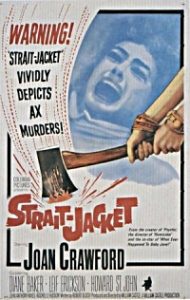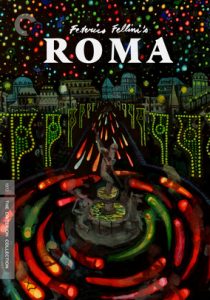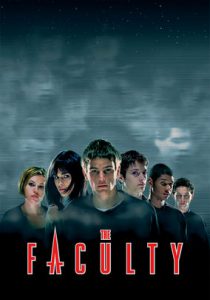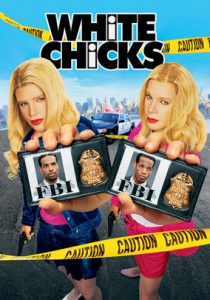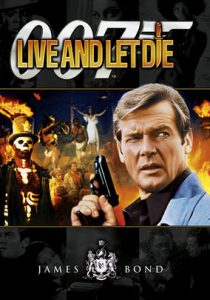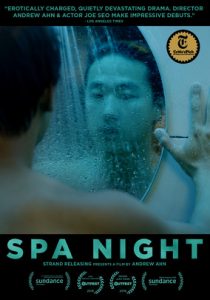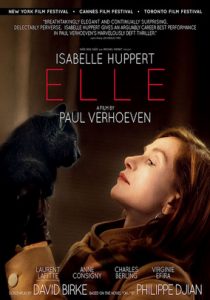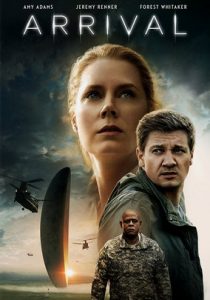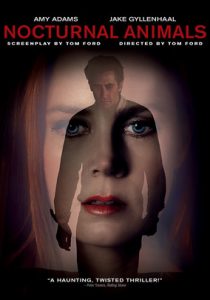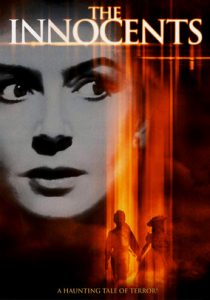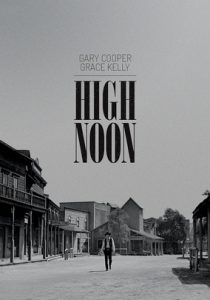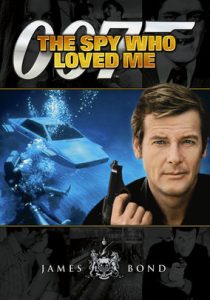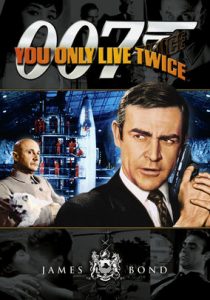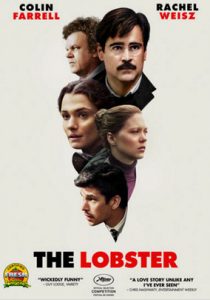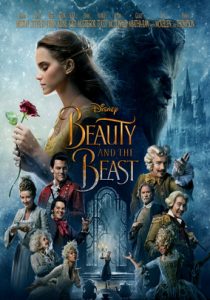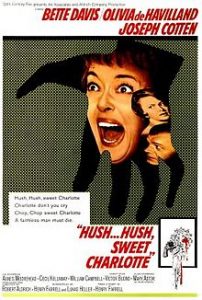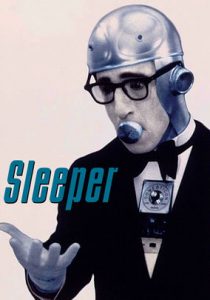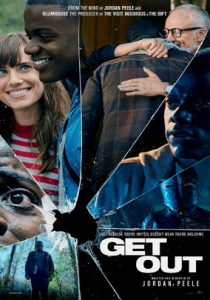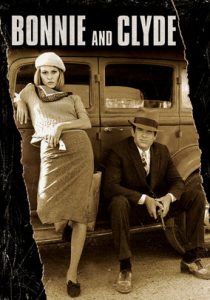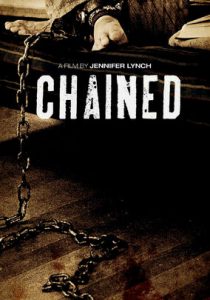Strait-Jacket-1964
Director William Castle
Starring Joan Crawford, Diane Baker
Scott’s Review #650
Reviewed June 7, 2017
Grade: B
Strait-Jacket (1964) stars legendary Hollywood film star, Joan Crawford, on the heels of her successful “comeback” role in What Ever Happened To Baby Jane? circa 1962.
Following this film, older actresses achieved some semblance of success in camp-leaning B-horror films and Crawford led the pack.
Strait-Jacket is a perfect example of this sub-genre and glamorous Crawford sinks her teeth into this film with gusto, playing an ax-wielding former mental patient, now released to the outside world after a lengthy stay in an insane asylum.
William Castle, a popular director of the time, could churn out films quickly and for very little money, a talent marveled at by studios. In the cult vein, Castle created Strait-Jacket on a dime and with one of the biggest stars in the world- now slowly in decline.
Clearly, in “real life”, Crawford felt the role was beneath her, yet one would never know it by the brilliant performance she gives, a performance that makes Strait-Jacket better than it ordinarily would be.
We first meet Crawford’s Lucy Harbin (twenty years before present times) as she returns home very late one night, to a remote area, having spent the weekend out of town. Her husband is a philanderer and has picked up a cheap girl at a bar, making love to her while his young daughter, Carol, pretends to sleep.
In a fit of rage, Lucy decapitates them both while a horrified Carol watches. Years later, Carol (Diane Baker), now a grown woman, prepares to introduce a recently released Lucy to her intended, Michael, and his affluent parents.
Living on a remote farm with Lucy’s brother and his wife, strange occurrences begin to happen to both Lucy and Carol- a dastardly child’s song, cut-out faces from a photo album, and “imagined” decapitated heads.
Castle wisely gives Lucy a makeover, from her graying, matronly appearance, to a sexy, youthful appearance reminiscent of her days when the murders occurred.
Soon, the film, short at one hour and thirty-two minutes, reaches a climax when Lucy appears to begin chopping new victims to bits. But is everything as it seems?
The appeal of Strait-Jacket, as a viewer, is watching Joan Crawford tackle the role. Talented beyond belief, and with expressive eyes and facial features, she owns the role and subsequently the entire film, though Diane Baker is no slouch either.
Crawford, never one to phone in a performance, at this time in her career was happy with any role she received. She gives Lucy both grit and vulnerability so that the audience roots for her.
As the film goes along, we slowly begin to wonder if Lucy is hallucinating, still unstable, or perhaps being set up by someone else.
Strait-Jacket is laced with several good scares- as both a grizzled farmhand and a vacationing doctor meet their fates in grisly fashion, the build-up to the kills is quite well done. A slamming door, a figure in the shadows, these elements are all used to wonderful effect to elicit suspense.
To Castle’s credit, he uses elements of fright to make the film better than the writing is.
The plot itself is fine, but certainly not high art, nor anything rather inventive. The “big reveal” at the end of the film is rather hokey and seemingly a play on the Alfred Hitchcock classic, Psycho, but lacking the high intensity- the ending of the film is also a tad abrupt.
Strait-Jacket (1964) is a cool little horror film featuring one of the legendary actresses of Hollywood film history- and that is more than enough for me to recommend this film to both Crawford fans and horror film fans, or ideally both.
